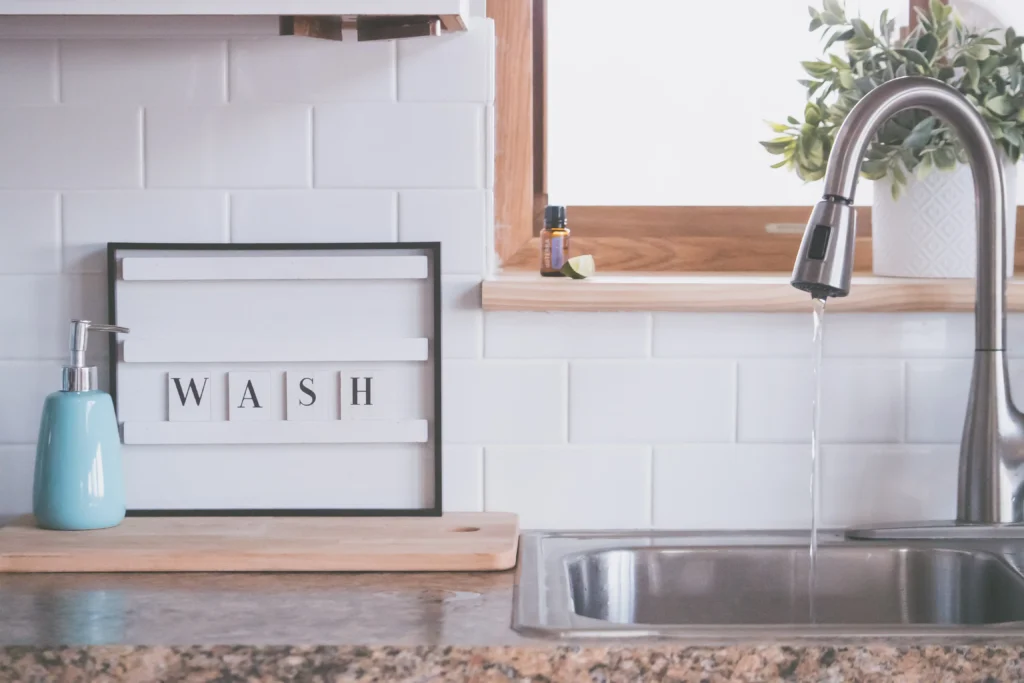Urinary incontinence is a common condition where an individual experiences involuntary leakage of urine. This condition can have a significant impact on a person’s quality of life and can lead to embarrassment, isolation, and depression.
Types of Urinary Incontinence
There are several types of urinary incontinence, which include:
- Stress incontinence: This occurs when there is pressure on the bladder, such as when coughing, sneezing, or laughing, which causes urine to leak.
- Urge incontinence: This happens when there is a sudden urge to urinate, and the person cannot make it to the bathroom in time.
- Overflow incontinence: This is when the bladder does not empty completely, and urine leaks out.
- Functional incontinence: This occurs when a person has difficulty reaching the bathroom due to mobility issues or other disabilities.
- Mixed incontinence: This is a combination of two or more types of urinary incontinence.
Causes of Urinary Incontinence
Urinary incontinence is a common condition that affects millions of people worldwide. It is a condition where an individual experiences involuntary leakage of urine. There are several causes of urinary incontinence, which we will discuss in detail below.
Weak Pelvic Floor Muscles
Pelvic floor muscles support the bladder and can weaken due to various reasons, including:
- Aging: As people age, their muscles naturally weaken, including the pelvic floor muscles.
- Pregnancy and childbirth: Pregnancy and childbirth can stretch and weaken the pelvic floor muscles, causing urinary incontinence.
- Obesity: Being overweight can put pressure on the bladder, causing it to weaken over time.
- Chronic coughing: Coughing for long periods can strain the pelvic floor muscles, leading to urinary incontinence.

Bladder Muscle Overactivity
The bladder muscles can become overactive and cause sudden contractions that result in urinary incontinence. Some causes of bladder muscle overactivity include:
- Urinary tract infections (UTIs): UTIs can irritate the bladder and cause it to become overactive.
- Neurological disorders: Conditions such as multiple sclerosis or Parkinson’s disease can damage the nerves that control the bladder, leading to overactivity.
- Interstitial cystitis: This is a chronic condition that causes pain and discomfort in the bladder, leading to bladder muscle overactivity.
Nerve Damage
Nerve damage can occur due to various reasons, including:
- Diabetes: High blood sugar levels can damage the nerves that control the bladder, leading to urinary incontinence.
- Multiple sclerosis: This condition damages the nerves that control the bladder, leading to overactivity and urinary incontinence.
- Parkinson’s disease: This disease can damage the nerves that control the bladder, leading to overactivity and urinary incontinence.
Prostate Problems
Prostate problems can cause urinary incontinence in men. Some common prostate problems include:
- Enlarged prostate gland: The prostate gland can grow larger with age, pressing against the urethra and causing urinary incontinence.
- Prostate cancer: Cancer in the prostate gland can also cause urinary incontinence.
Medications
Some medications can cause urinary incontinence as a side effect, including:
- Diuretics: These medications increase urine production, leading to urinary incontinence.
- Sedatives: These medications can relax the bladder muscles, causing urinary incontinence.
- Blood pressure medications: Some blood pressure medications can cause incontinence as a side effect.
Symptoms of Urinary Incontinence
Urinary incontinence is a condition that can cause a range of symptoms that vary in severity. Some common symptoms include:
Urge Incontinence
Urge incontinence is a sudden and intense urge to urinate, which can result in involuntary leakage of urine. People with urge incontinence may need to urinate frequently, including waking up several times during the night to urinate.
Stress Incontinence
Stress incontinence is the most common form of urinary incontinence, especially in women. It occurs when physical activity, such as coughing, sneezing, or laughing, puts pressure on the bladder and results in urine leakage. Stress incontinence can be a result of weakened pelvic floor muscles.
Overflow Incontinence
Overflow incontinence occurs when the bladder doesn’t empty completely, causing the bladder to fill up and eventually leak urine. People with overflow incontinence may experience a weak urine stream or feel like they can’t completely empty their bladder.
Functional Incontinence
Functional incontinence occurs when an individual is physically or mentally unable to get to the bathroom in time due to a disability, injury, or other health condition. This type of incontinence can be a result of mobility issues or cognitive impairment.
Mixed Incontinence
Mixed incontinence occurs when an individual experiences a combination of symptoms, such as urge and stress incontinence. It can be challenging to manage and may require a combination of treatments.

Treatment Options for Urinary Incontinence
Urinary incontinence can be managed and treated through various methods, depending on the underlying cause and severity of the condition. Some common treatment options for this problem include:
Pelvic Floor Exercises
Pelvic floor exercises, also known as Kegel exercises, involve contracting and relaxing the muscles that support the bladder. These exercises can help strengthen the pelvic floor muscles, improving bladder control and reducing leakage.
Bladder Training
Bladder training involves training the bladder to hold urine for longer periods, gradually increasing the time between urination. This can help increase bladder capacity and reduce the urge to urinate frequently.
Medications
There are various medications available that can help manage urinary incontinence, such as antimuscarinics or beta-3 agonists. These medications can help relax the bladder muscles, reducing urgency and frequency of urination.
Medical Devices
Medical devices, such as urethral inserts or pessaries, can help support the bladder and reduce urine leakage. These devices can be helpful for individuals with stress incontinence.
Surgery
In severe cases, surgery may be necessary to treat the condition. There are various surgical procedures available, such as bladder neck suspension or sling procedures, that can help improve bladder control and reduce leakage.
Lifestyle Changes
Lifestyle changes, such as losing weight, quitting smoking, or reducing caffeine and alcohol consumption, can also help manage urinary incontinence. These changes can reduce pressure on the bladder and improve overall bladder function.
In conclusion, there are various treatment options available for urinary incontinence, depending on the underlying cause and severity of the condition. It is important to seek medical advice to determine the most appropriate treatment plan for individual cases.